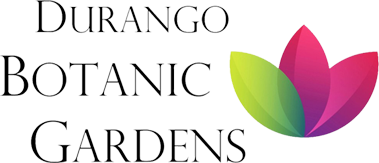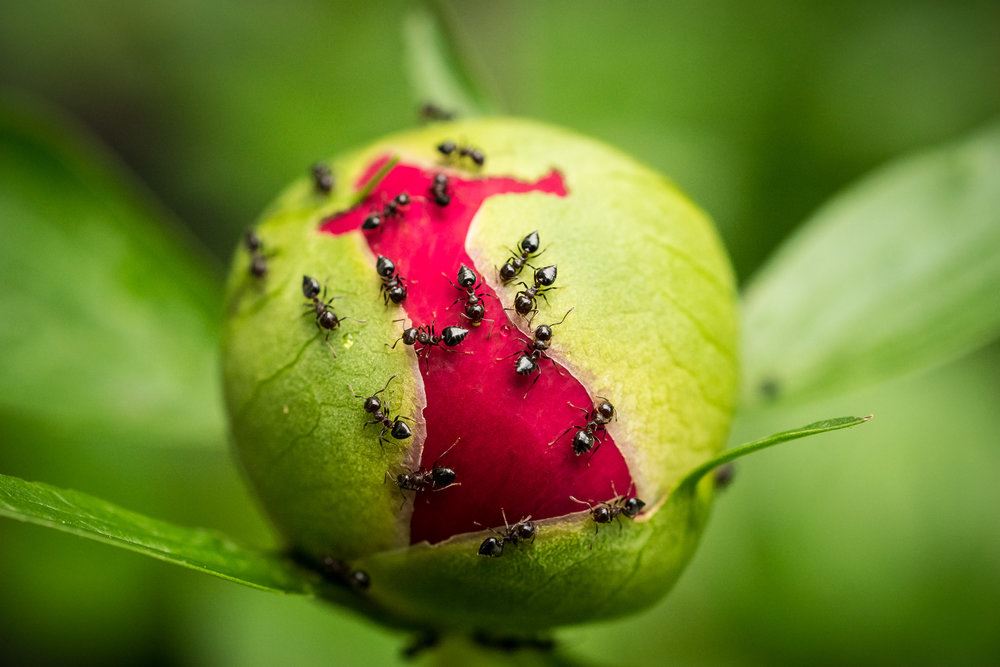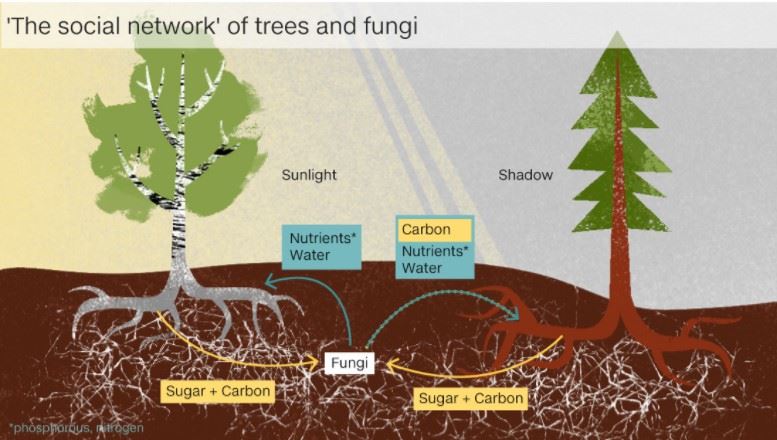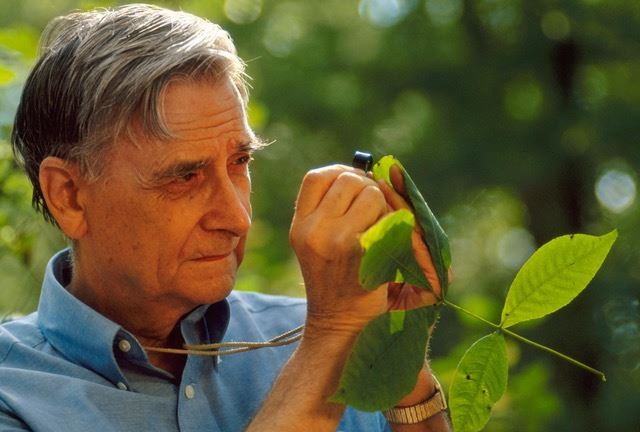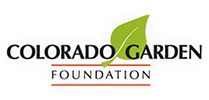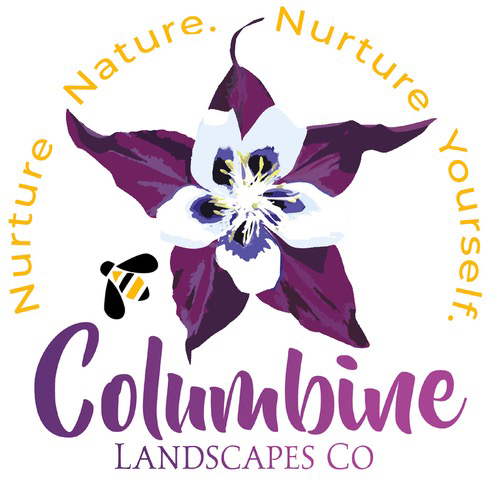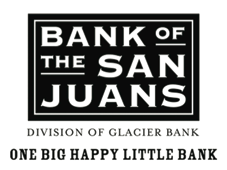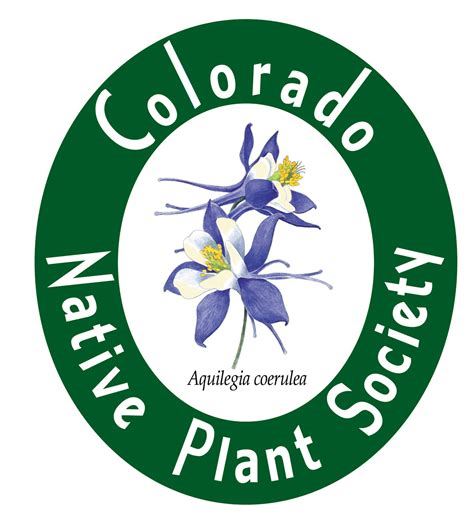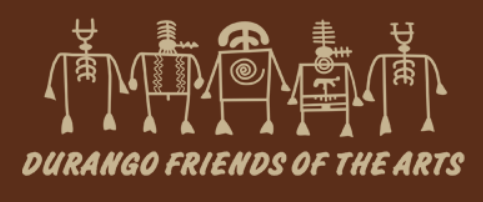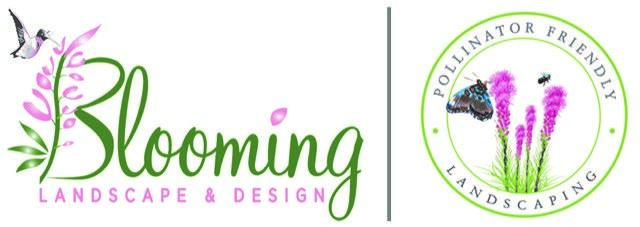- Home
- Contemporary Garden Discovery Points

Discovery Point MUTUALISM When two different species work together, each benefitting from the relationship, we call it mutualism. One of the most evident forms of mutualism is that of bees and flowers. Bees fly from flower to flower, gathering nectar, which they make into food. When they land on the flower, pollen sticks to their hairy bodies. Some of that pollen rubs off on the next flower, “pollinating the plant.” In this mutualistic relationship, the bees get to eat and the flower gets to reproduce. Apples, oranges, avocados, and nuts are among the countless foods we eat thanks to mutualism.
|
|
